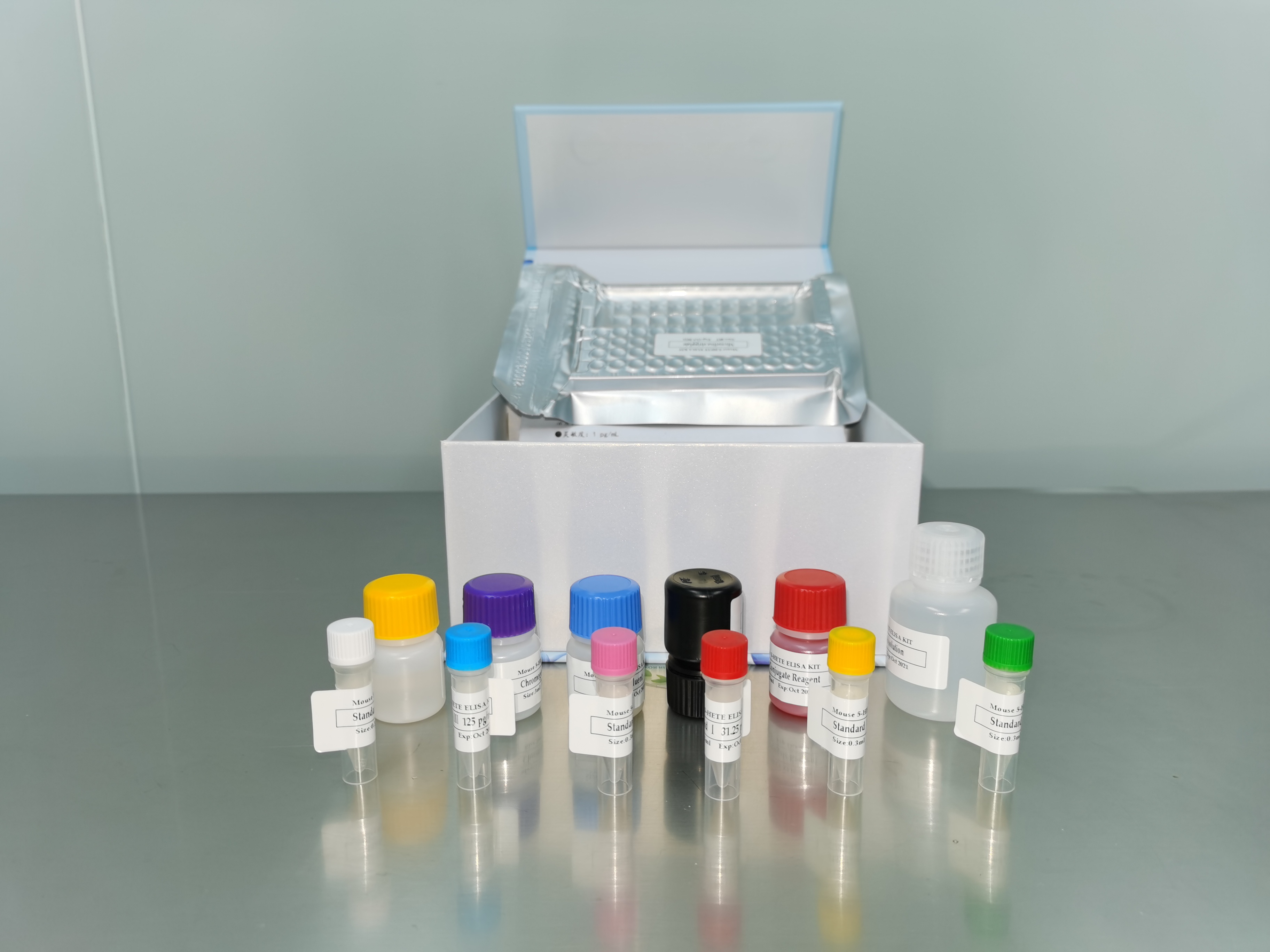| 产品名称: |
Leishmania major (Yakimoff and Schokhor) Bray et al. |
| 商品货号: |
TS133482 |
| Deposited As: |
Leishmania major Δgp63 1-7 + gp63 gene 1 NIH SD (MHOM/SN/74/SD) |
| Strain Designations: |
(MHOM/SN/74/SD) Δgp63 1-7 + gp63 1 |
| Application: |
Virulence and vaccine studies |
| Biosafety Level: |
2
Biosafety classification is based on U.S. Public Health Service Guidelines, it is the responsibility of the customer to ensure that their facilities comply with biosafety regulations for their own country. |
| Isolation: |
Cutaneous leishmaniasis, Senegal, 1973 |
| Product Format: |
frozen |
| Storage Conditions: |
Frozen: -70°C or colder
Freeze-Dried: 2°C to 8°C
Live Culture: See Protocols Section |
| Type Strain: |
no |
| Comments: |
Leishmanolysin-deficient mutant lacking gp63 genes 1-7. Complemented with gp63 gene 1 by transfection. Ref  Joshi, PB, et al. Targeted gene deletion in Leishmania major identifies leishmanolysin (GP63) as a virulence factor. Mol. Biochem. Parasitol. 120: 33-40, 2002. PubMed: 11849703 Joshi, PB, et al. Targeted gene deletion in Leishmania major identifies leishmanolysin (GP63) as a virulence factor. Mol. Biochem. Parasitol. 120: 33-40, 2002. PubMed: 11849703 |
| Medium: |
ATCC® Medium 2736: M199, Modified Medium
ATCC® Medium 1011: Diphasic blood agar medium
ATCC® Medium 807: Brain heart infusion blood agar
|
| Growth Conditions: |
Temperature: 20°C to 25°C |
| Cryopreservation: |
Harvest and Preservation
-
Harvest cells from a culture which is at or near peak density by centrifugation at ~800 x g for 5 min.
-
Adjust concentration of cells to 2 x 107/mL in fresh medium. xa0If the concentration is too low, centrifuge at ~800 x g for 5 minutes and resuspend the cell pellet with a volume of supernatant to yield the desired concentration.
-
While cells are centrifuging, prepare a 10% (v/v) solution of sterile DMSO in fresh medium (broth).xa0 The DMSO solution when first prepared will warm up due to chemical heat. The solution should be allowed to return to room temperature prior to use.
-
Mix the cell preparation and the DMSO solution in equal portions. The final concentration will be 107 cells/mL and 5% (v/v) DMSO. The time from the mixing of the cell preparation and DMSO stock solution before the freezing process is begun should be no less than 15 min and no more than 30 min.
-
Dispense in 0.5 mL aliquots into 1.0 - 2.0 mL sterile plastic screw-capped cryules (special plastic vials for cryopreservation).
-
Place the ampules in a Nalgene 1°C freezing apparatus.xa0 Place the apparatus at -80°C for 1.5 to 2 hours and then plunge ampules into liquid nitrogen.xa0 (The cooling rate in this apparatus is approximately -1°C/min.)xa0 If freezing unit can compensate for the heat of fusion, maintain rate at -1°C/min through heat of fusion.xa0 At -40°C, plunge ampules into liquid nitrogen.
-
Store in either the vapor or liquid phase of a nitrogen refrigerator.
-
To thaw a frozen ampule, place it in a 35°C water bath such that the lip of the ampule remains above the water line. Thawing time is approximately 2 to 3 minutes.xa0 Do not agitate the ampule.xa0 Do not leave ampule in water bath after it is thawed.
-
Remove the vial from the water bath immediately after thawing.xa0 Aseptically transfer the contents of the ampule into 10 mL of fresh ATCC medium 2736.xa0
-
Incubate the flask at 20-25°C with the cap screwed on tightly.
-
Maintain as described above.xa0
|
| Name of Depositor: |
R McMaster |
| Chain of Custody: |
ATCC
|
| References: |
Neva FA, et al. Cutaneous leishmaniasis--a case with persistent organisms after treatment in presence of normal immune response. Am. J. Trop. Med. Hyg. 28: 467-71, 1979. PubMed: 222157
McDowell, MA, et al. Leishmania priming of human dendritic cells for CD40 ligand-induced interleukin-12p70 secretion is strain and species dependent. Infect. Immun. 70: 3994-4001, 2002. PubMed: 12117904
Joshi, PB, et al. Targeted gene deletion in Leishmania major identifies leishmanolysin (GP63) as a virulence factor. Mol. Biochem. Parasitol. 120: 33-40, 2002. PubMed: 11849703
|

 Joshi, PB, et al. Targeted gene deletion in Leishmania major identifies leishmanolysin (GP63) as a virulence factor. Mol. Biochem. Parasitol. 120: 33-40, 2002. PubMed: 11849703
Joshi, PB, et al. Targeted gene deletion in Leishmania major identifies leishmanolysin (GP63) as a virulence factor. Mol. Biochem. Parasitol. 120: 33-40, 2002. PubMed: 11849703

